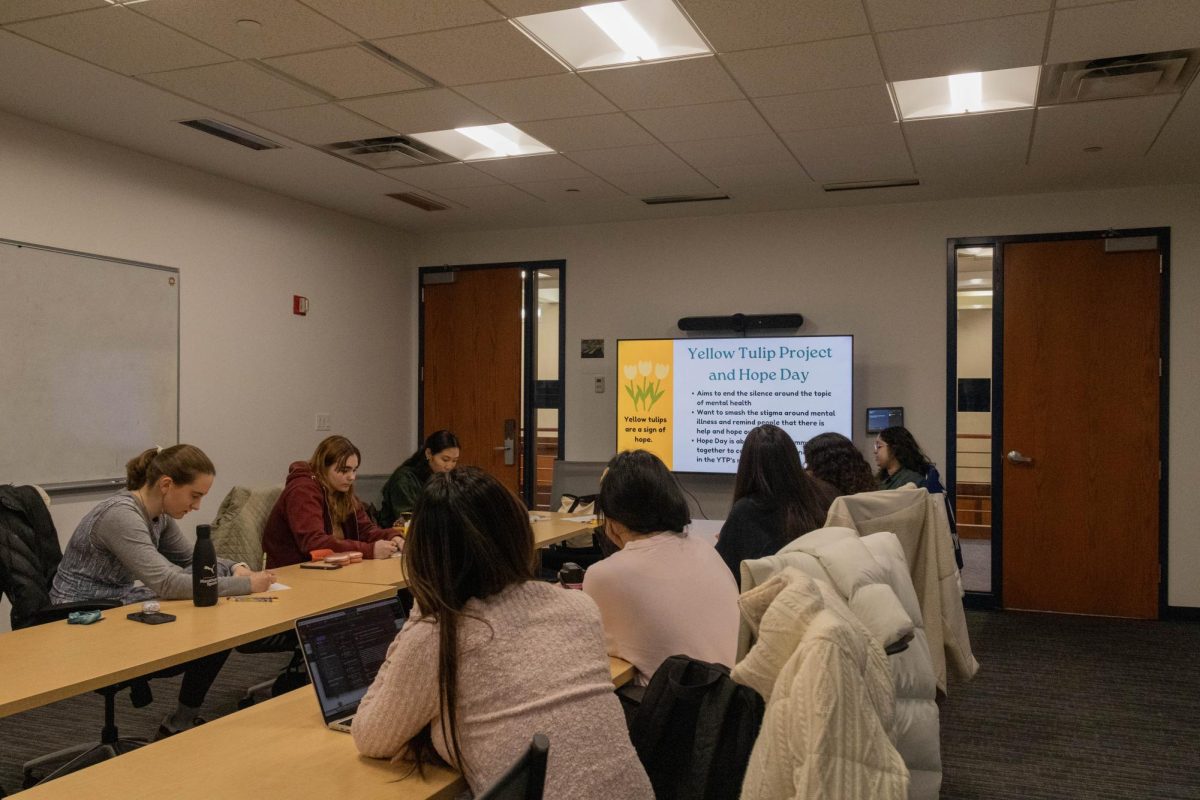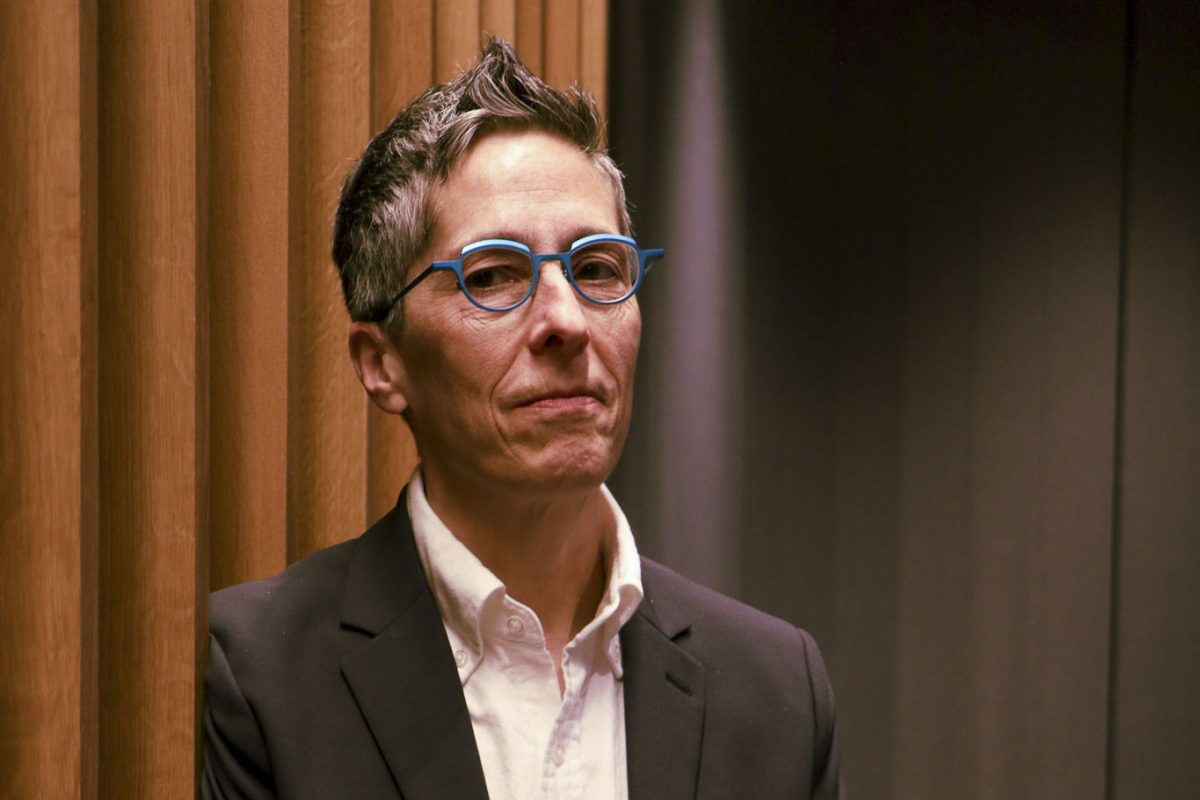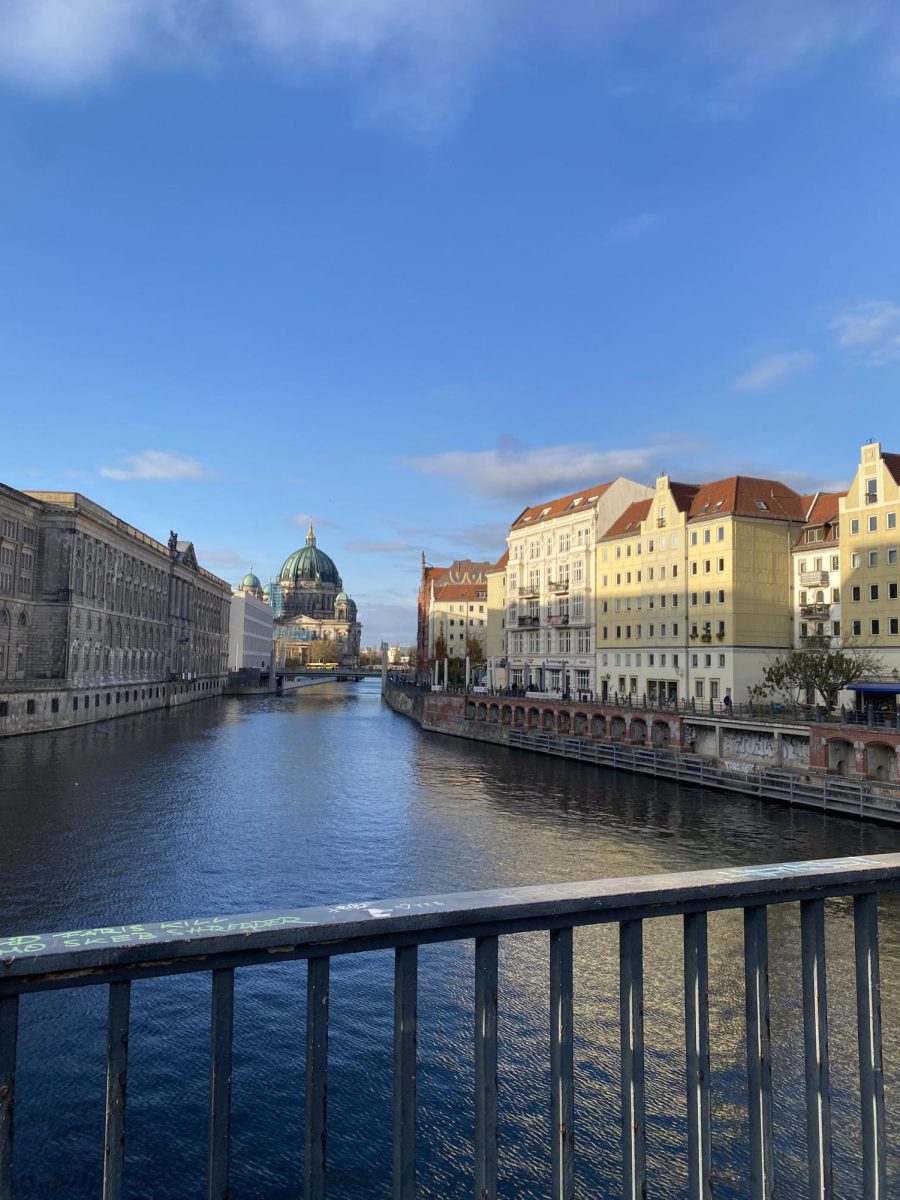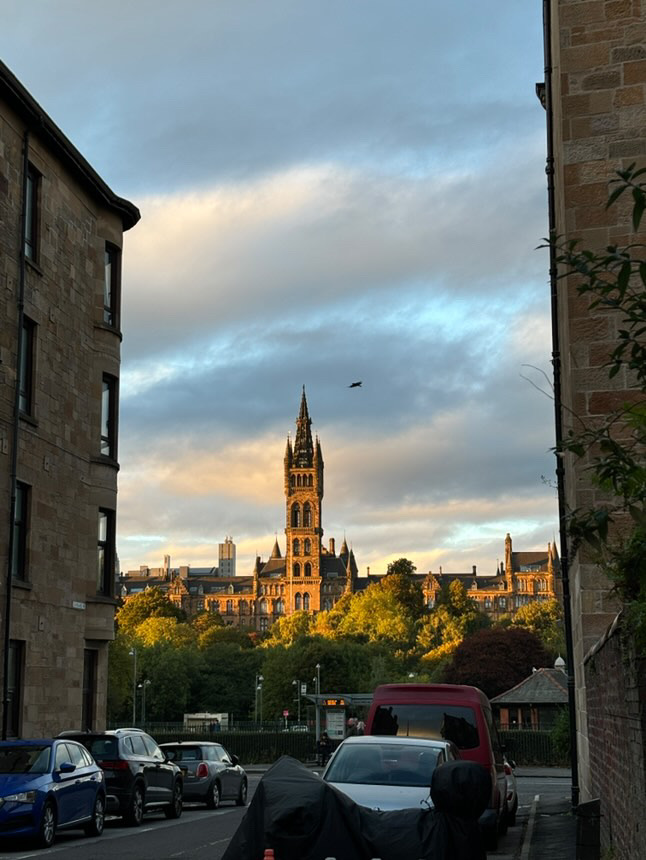By Zac Estrada, News Staff
Even though Northeastern greatly increased its physical footprint in Boston during the last two decades with areas such as West Village and International Village (INV), students say there is not enough space for both academic and extracurricular programs.
More than 50 students attended a town hall meeting last night in Curry Student Center to give input on the latest Institutional Master Plan. Members of the Student Government Association (SGA) and architectural firm Chan Krieger and Associates, as well as Vice President of Student Affairs Laura Wankel and Assistant Vice President of Student Affairs Marina Macomber, listened to more than an hour of student feedback and recommendations ranging from more class and music rehearsal space to another on-campus grocery store.
The Institutional Master Plan is a document outlining building and enrollment plans the city of Boston requires universities to submit for approval every decade. The city granted Northeastern an extension on the plan, which is now due by August of this year. Chan Kreiger and Associates are advising the university on how to move forward with various projects, including the proposed YMCA building that drew criticism from members last year.
While students said newly constructed buildings offer well-designed and technologically advanced spaces for living or learning, buildings constructed when Northeastern was still a commuter school are showing their age and not optimized for the students and programs the university attracts today.
“We have to look at a whole host of uses, academics being a very important part, not only research, but instructional,” said Patrick Tedesco, principal architect at Chan Krieger. “It’s not just the classrooms you learn, but the entire campus.”
Tedesco said the team of architects and administrators looking at the master plan right now are balancing priorities such as space, sustainability and support services with the physical and fiscal realities of the university. As of March 2011, university debt was $815 million.
“We need to understand Northeastern in its relationship to the community and the broader city,” he said. “We’re looking at a 10-year period because that’s what the city wants us to consider. We want to think even broader than that.”
Northeastern already expanded beyond Ruggles Station with additions like International Village and Davenport Commons and possible land acquisitions in Roxbury are on the table. But to minimize community controversy and cut costs, Tedesco said what’s being most heavily considered is to reuse what the university already has in terms of buildings and open space. Students at the meeting repeatedly said spaces to eat and study are extremely limited.
Senior sociology major Derek Shooster said the Columbus Lot is a prime space that could be utilized better.
“I agree with all the things listed as priorities, but one kind-of-big white elephant is the Columbus Lot and just the fact that it could be buried and better used,” Shooster said. “I haven’t been able to find an empty table in the library this semester. It’s critical that we get more lab space. A big way to do that would be to remove Cabot from the center of campus and start from there.”
Kathy Spiegelman, a private consultant for Northeastern who previously worked on Harvard’s master plan, said the recurrent overcrowding theme in student feedback could be alleviated by reallocating space.
Members of student groups said the level of student involvement has increased so much that there is little flexibility and availability for places to practice.
“Performance space and rehearsal space is really key to the services provided here and we are fighting for the Fenway Center on a regular basis,” Alex Woturski, a senior industrial engineering major and president of Northeastern University Symphony Orchestra, said. He said their director has to book space in September so they can get in enough practice time.
Other music students said they get complaints when rehearsing in Ryder Hall because there isn’t enough soundproofing between them and rooms where lecture classes meet.
Several athletes said another field, closer to campus than Parsons Field, is essential to boosting involvement and competitiveness.
But adding new facilities and open areas would mean new high-rise buildings would have to be constructed to accommodate students. Spiegelman said shifting from smaller multi-story structures to ones as tall as INV is something Northeastern has to consider.
Tedesco said there could be more community support if future high-rise buildings such as the proposed project at the YMCA were used as residence halls.
“Look down Huntington Avenue and you can see the new skyline of residence halls, like MassArt,” Tedesco said. “We have to make sure the campus isn’t too dense. Generally the community has been receptive to building tall buildings if they’re to house students.”
Shooster, who on his own drafted a possible Northeastern master plan, said the university should see what the city of Boston is looking into as it redevelops Lower Roxbury.
Vice President of Student Affairs Wankel said the university will set up a website soon to host discussion about the master plan and future town hall meetings will be open to community members. For now, feedback can be sent to masterplan@neu.edu.








